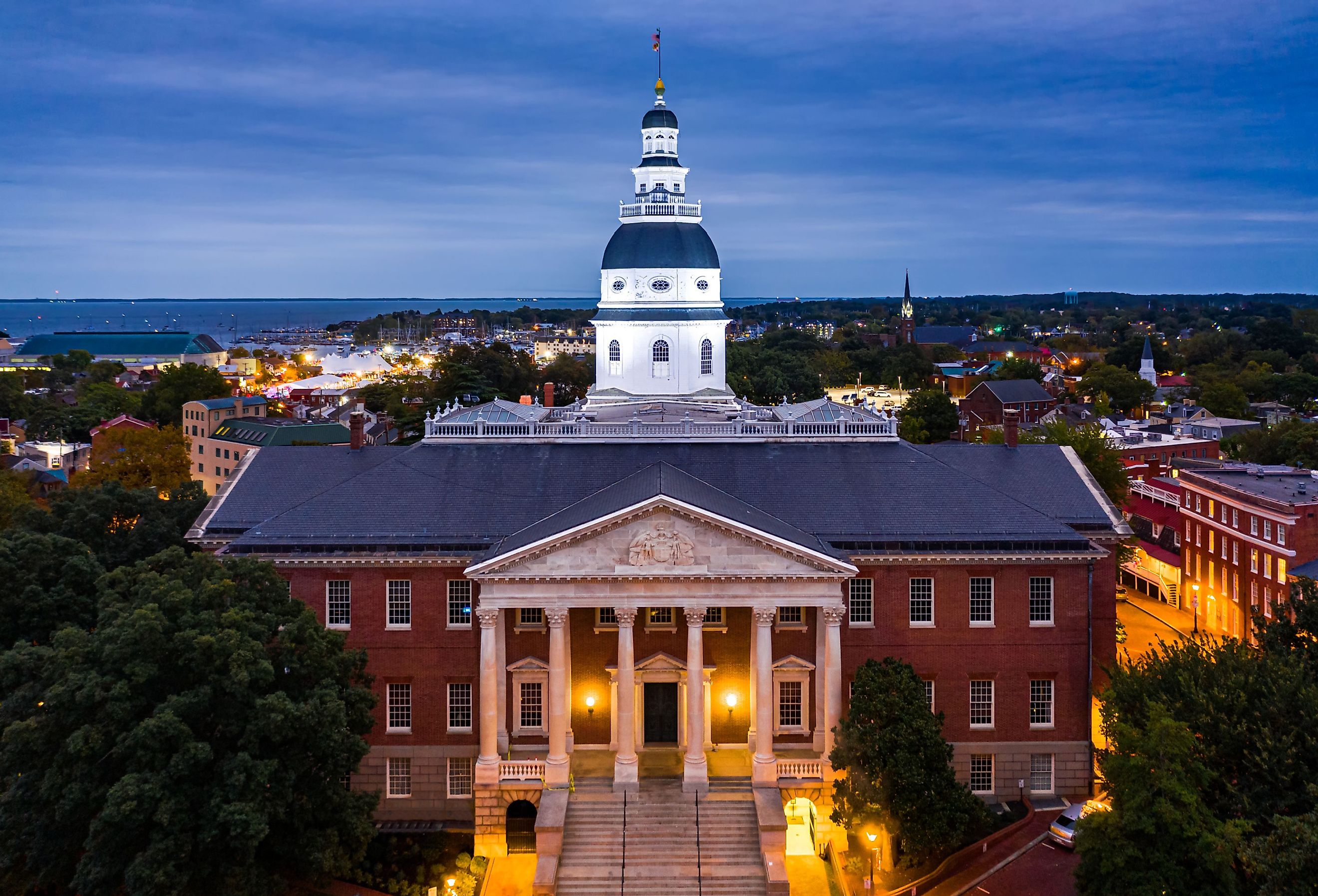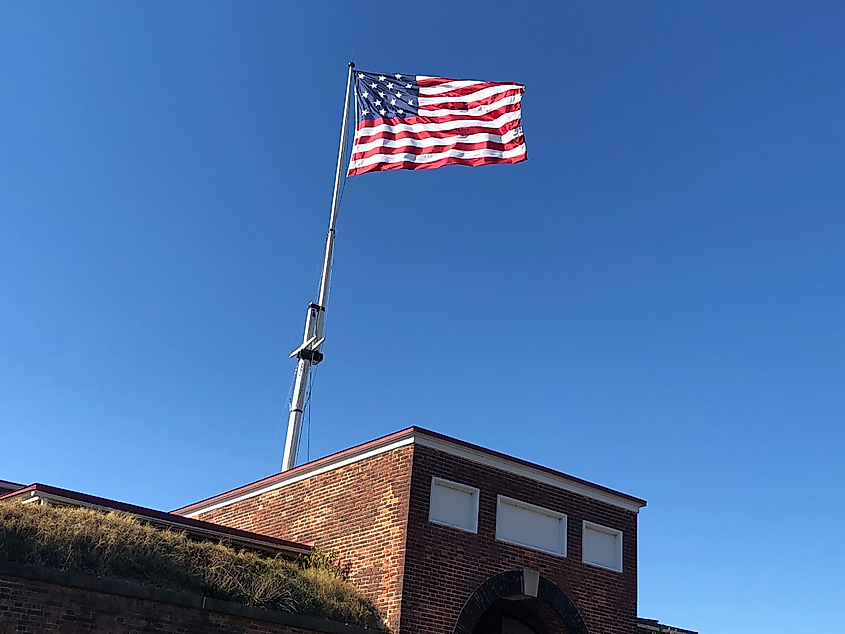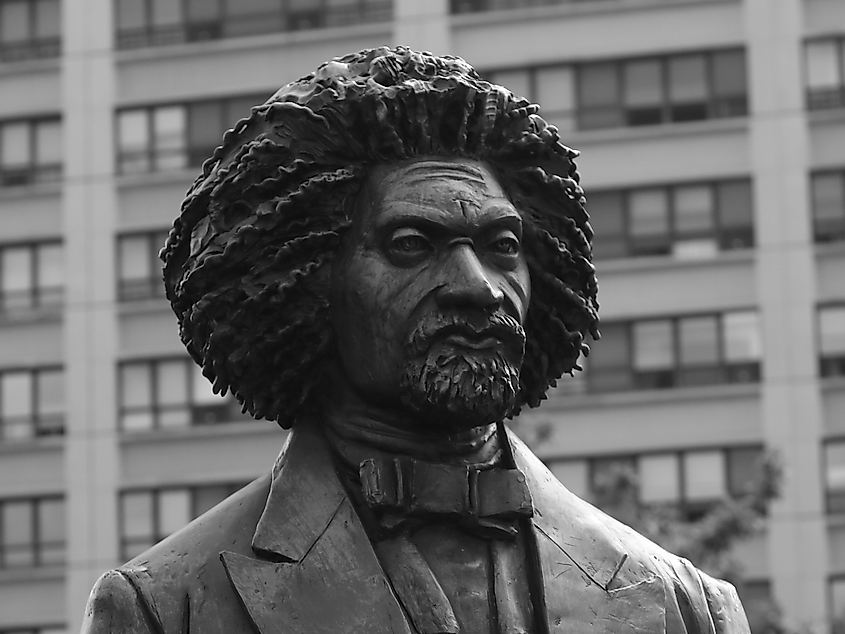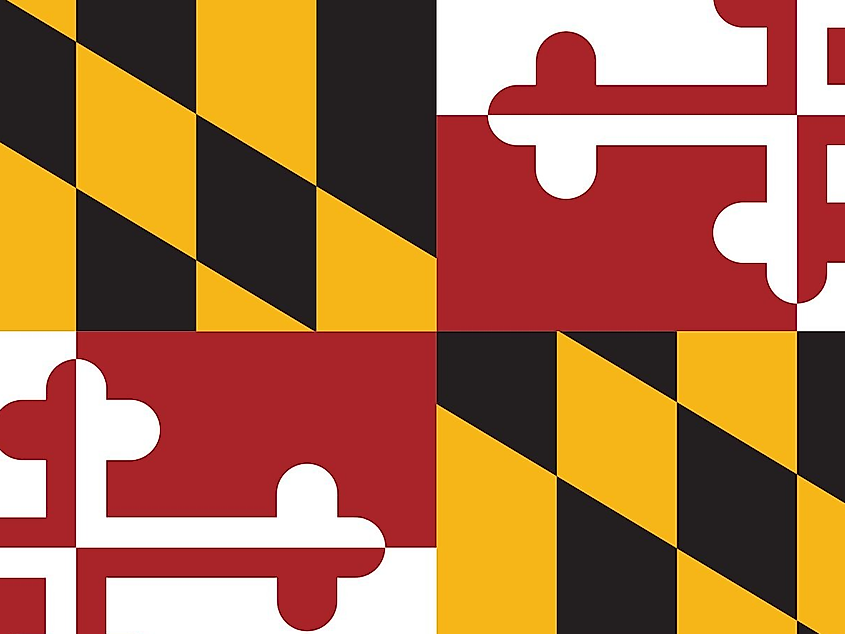
5 Interesting Historical Facts About Maryland
Maryland is much more than its famous blue crabs. Often overlooked by some of its neighbors in the American Northeast, Maryland is home to a plethora of interesting history and culture that is an integral part of the American story. Here are five interesting historical facts about Maryland.
1. Where Maryland Gets Her Name

Late to the age of colonialism, the British largely missed out on South and Central America. In order to gain a foothold in the New World, much of Britain's early colonial efforts concentrated on the Eastern Seaboard of what is now the United States.
Chartered by an Englishman named George Calvert, the founding of Maryland was a religious venture. Calvert was a Catholic convert and had envisioned that his new-found colony would be able to serve as a sanctuary for persecuted Catholics back in England.
As a not-so-subtle nod to his faith, George named his colony after one of the most renowned Catholics in England, the Queen. Queen Henrietta Maria openly practiced Catholicism despite how unpopular it was among the nobility.
To honor her dedication and bravery Calvert dubbed his colony Maryland.
2. Maryland Fought On Both Side Of The Civil War

Despite the fact that Maryland still practiced slavery at the outbreak of the Civil War, it never broke away from the Union. But that did not stop its citizens from seeking out their own loyalties. Due to its unfortunate geographical location between the North and South, Maryland hosted some of the bloodiest battles of the war.
Around 80,000 Marylanders fought in the American Civil War with the lion's share of soldiers backing the Union army. However, nearly 20,000 men joined the Confederate cause.
There were many instances throughout the war where regiments from both the Union and Confederacy fought one another in battle. There is no place where the phrase "brother against brother," was more true than in Maryland.
3. The Origins Of The National Anthem

The "Star Spangled Banner" was first written by a Maryland lawyer called Francis Scott Key. Key found himself trapped in a barrage of British ordinance during the Battle of Baltimore during the War of 1812.
The British navy was shelling Baltimore with such ferocity that Key was almost certain that they would take the city by morning. But when the sun rose a tattered American flag still swayed in Fort McHenry, the military fort in Baltimore.
Inspired, Key felt he had no choice but to write a patriotic anthem about the stalwartness and determination of the city's brave defenders. The song quickly became popular but the "Star Spangled Banner" only became the national anthem of the United States in 1929.
4. Abolition And Freedom

Maryland in many ways was the epicenter of the Civil War both on and off the battlefield. Two of the most famous abolitionists of the time Fredrick Douglass and Harriet Tubman were both born into slavery in Maryland.
After a harsh early life, both escaped from their masters and found freedom in other states. Fredrick and Harriet worked tirelessly to push for the abolition of slavery and the advancement of Black Americans. The reach and achievements of these two individuals extended far past the state of Maryland, influencing people and countries all over the world.
5. A Flag Like No Other

Out of all the state flags in America, there is none other quite like Maryland. Breaking away from the typical blue backdrop centered with a state symbol, Maryland goes in another direction.
Maryland's flag actually dates back to British rule and its status as one of the original thirteen colonies. The flag can trace its roots all the way back to the coat of arms of George Calvert and his family.
While other states did away with their old flags, deemed to be too old-fashioned and "British", Maryland stuck with tradition. Seeing as Calvert was one of the key founders of the state, those who came after him thought it should only be fitting that his family heraldry stays as the flag of Maryland.
Today, Calvert's family symbol is still seen flying high above the Maryland state capitol building in Annapolis.
Summary
Maryland does not have the flashing lights of places like New York and California but it makes up for that with a rich history of its own. As one of the original thirteen colonies of the United States, Maryland is home to countless historical landmarks and dozens of legendary Americans.











